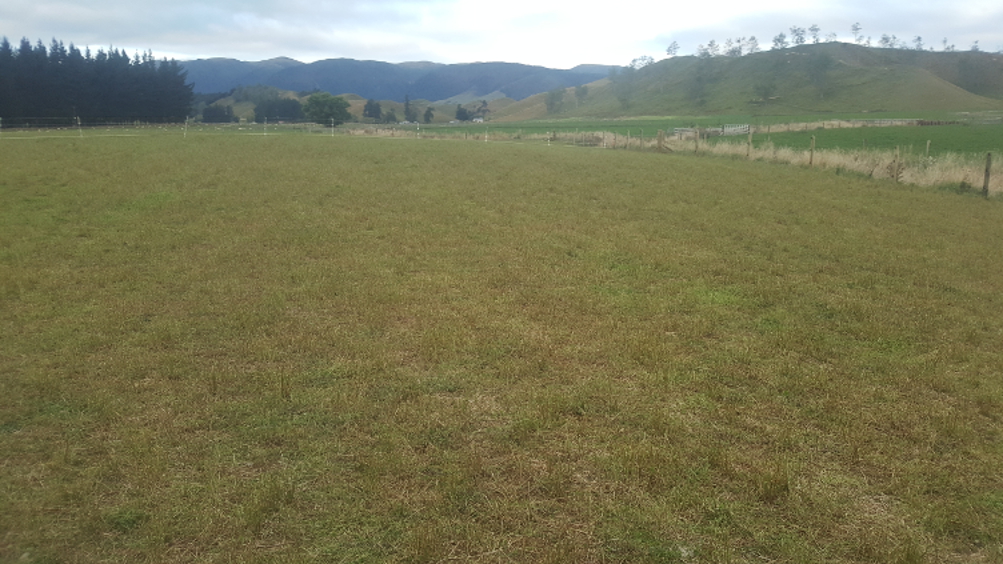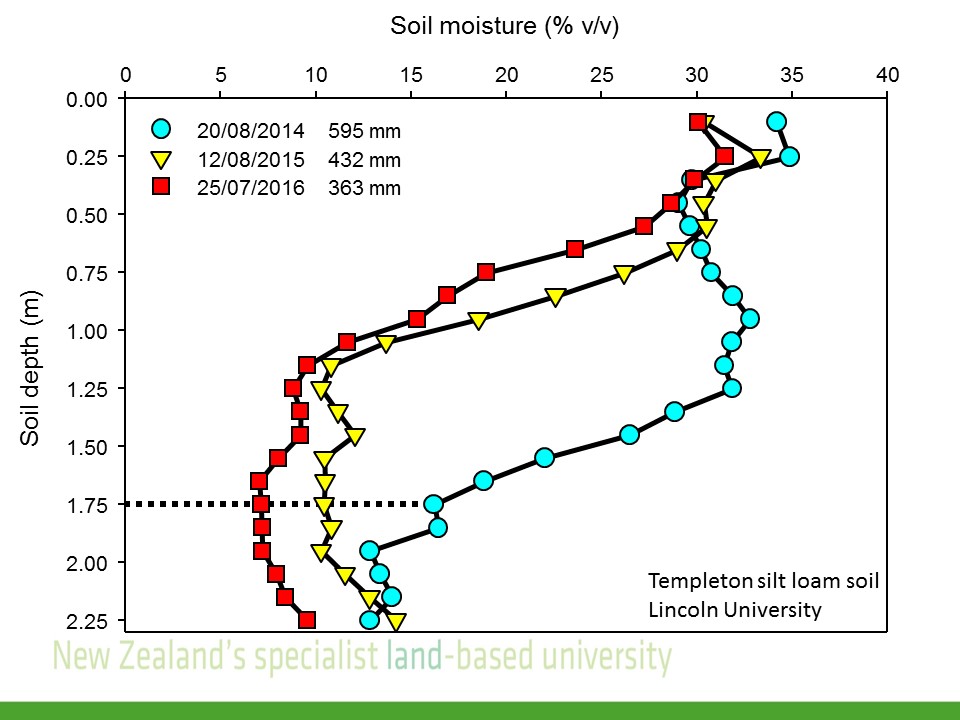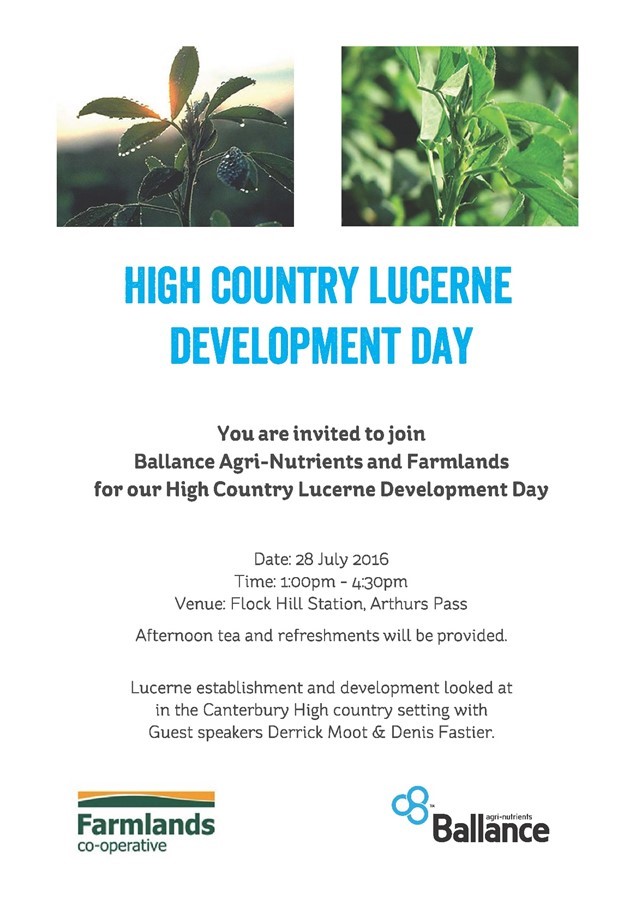Hill Country Management
Presentation on Hill Country Management by Professor Derrick Moot (Dryland Pastures Research team, Lincoln University) to the New Zealand Institute of Agricultural and Horticultural Science (NZIAHS) forum on the “Impact of changing landscapes on primary production” held at Lincoln University, New Zealand on 23/10/2019. (approx 26 mins including questions). An accompanying PDF of the presentation … Read more









